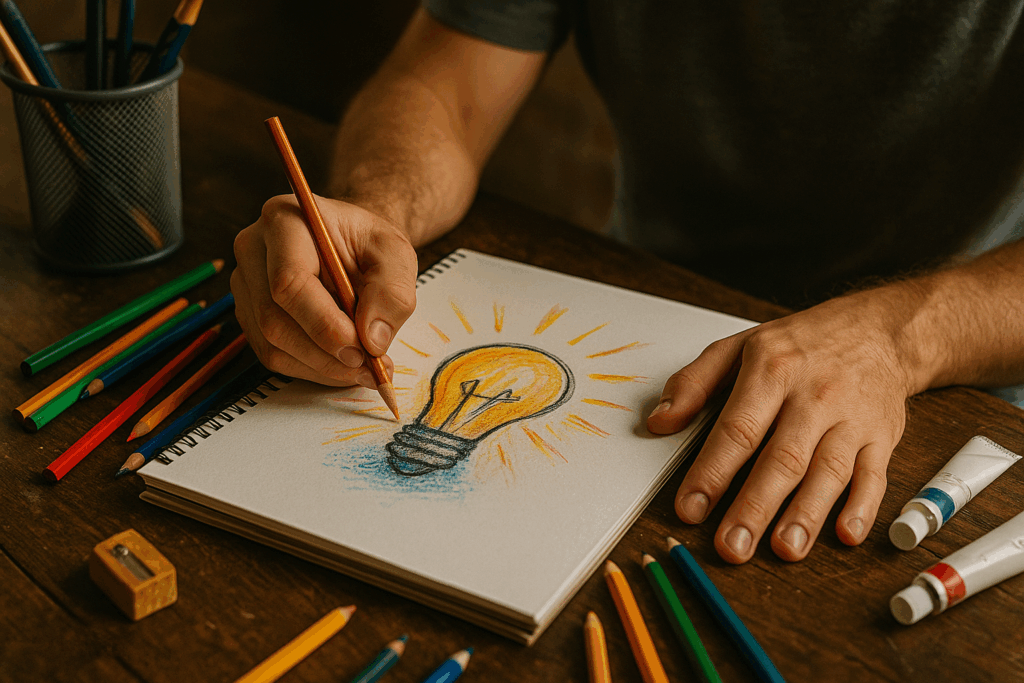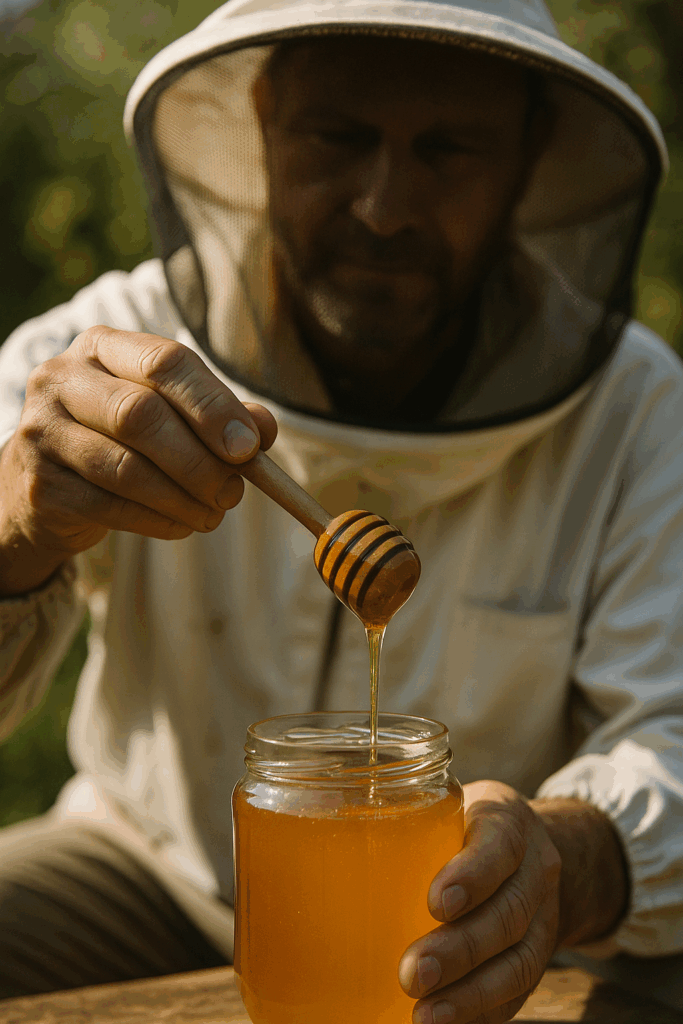Neuroendocrine Dynamics of Emotion, Music, and Creativity

Abstract
This article explores the neuroendocrine underpinnings of emotional states associated with music, creative flow, and sensory experiences. Key mechanisms involve endorphin release from the hypothalamus and pituitary gland, modulation of stress and reward systems, and the broader neuroendocrine integration that supports creative states and emotional resilience.
1. Introduction
Emotional and creative experiences—such as immersion in music, fasting, or nature—often involve profound states of joy, peace, or transcendence. Although subjective, these experiences are deeply rooted in neurobiological processes involving neurotransmitters and hormonal responses.
2. Endorphins: “Feel-Good” Neuropeptides
Endorphins are endogenous opioid peptides produced mainly in the hypothalamus and pituitary gland, derived from the precursor proopiomelanocortin (POMC) Wikipedia+1. Among them, β-endorphin exhibits strong affinity for μ-opioid receptors, lending potent analgesic and euphoric effects Wikipedia+1.
Upon release, endorphins bind to opioid receptors in both central and peripheral nervous systems, blocking pain signals by inhibiting substance P in the periphery or suppressing GABA in the central nervous system—thereby increasing dopamine in reward pathways Wikipedia.
3. Neuroendocrine Response to Stress and Reward
3.1 Stress Modulation
Endorphins play a central role in the organism’s defense against stress, often released in tandem with ACTH during stress responses ResearchGateCiteSeerXPMC. They potentially function as hormone-releasing or inhibiting factors in the pituitary, modulating broader neuroendocrine outputs.
3.2 Immune Effects
β-endorphin attenuates inflammatory cytokines while promoting anti-inflammatory effects, contributing to stress resilience and physiological homeostasis PMC.

4. Emotional Uplift: Music, Creativity, and Flow
4.1 Music-Induced Reward
Engagement with music—listening, singing, creating—stimulates endorphin release, activating the brain’s reward circuitry. This enhances pleasure, reduces pain sensitivity, and fosters emotional openness Harvard HealthWJGNetNational GeographicVerywell Health.
4.2 Creativity & Flow States
Creative activities—from composing music to writing or art—can elevate endorphin levels, enhancing mood, self-esteem, and sustained focus Verywell HealthWJGNet. The convergence of emotional immersion and creative self-expression often correlates with neurochemical states conducive to flow.

5. Pleasure Through Fasting and Sensory Arousal
Fasting, while physiologically stressful, may alter neuroendocrine function and sensory sensitivity. Emotional relief often arises when the mind shifts to positive reflections—triggering endorphin-mediated mood restoration via memory or imagination.
Pain, stress, or deprivation states may prime endorphin pathways for subsequent emotional ‘resurrection’ when pleasant thoughts are engaged.
6. Integrative Neuroendocrine Perspective
Hypothalamic-Pituitary Coordination
The hypothalamus functions as a neuroendocrine hub, translating neural signals into hormonal outputs communicated via the hypophyseal portal system to the pituitary gland Wikipedia+2Wikipedia+2. The pituitary then releases various hormones, including ACTH and β-endorphin Wikipedia+1.
Synergy of Stress, Reward, and Creativity
- Stress triggers endorphin release, dampening negative sensations and providing adaptive responses.
- Auditory and creative stimuli elevate endorphin levels further, enhancing emotional well-being.
- Combining sensory immersion (like music or nature) with cognitive introspection creates a potent internal environment for transcendence and emotional clarity.
7. Conclusion
The interplay between endogenous opioid activity (particularly endorphins), stress regulation, and sensory-emotional experiences underlies transformative emotional states. Immersive experiences—whether musical, creative, fasting-induced, or experiential—can activate neuroendocrine circuits that yield heightened states of well-being, insight, or flow. Understanding this interplay offers a scientific scaffold for the subjective emotional depths often encountered in creative and meditative states.
References
- Biochemical and neurophysiological roles of endorphins in stress and analgesia ResearchGatePMCCiteSeerX.
- Mechanisms and benefits of endorphin release (exercise, music, laughter) Harvard HealthVerywell HealthWJGNetNational Geographic.
- Central synthesis pathways from POMC to β-endorphin, and neuroendocrine integration via hypothalamus-pituitary axis Wikipedia+5Wikipedia+5Wikipedia+5.
